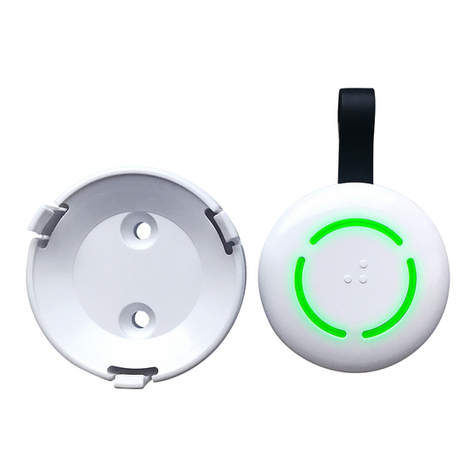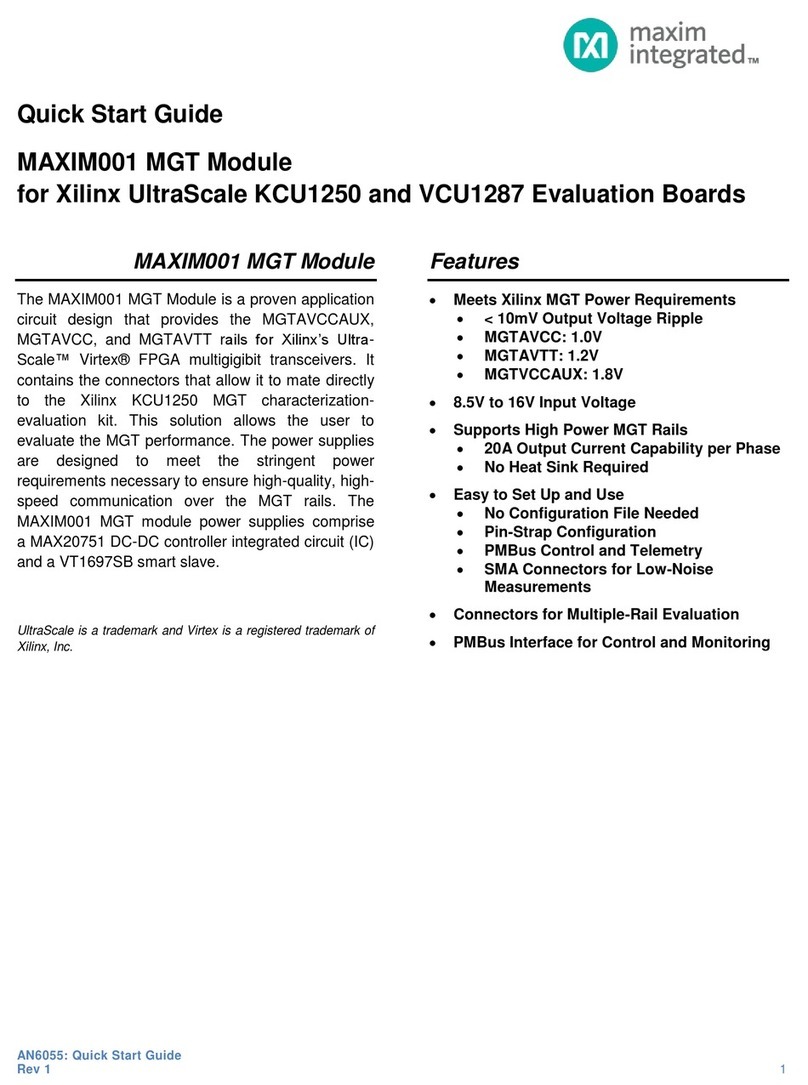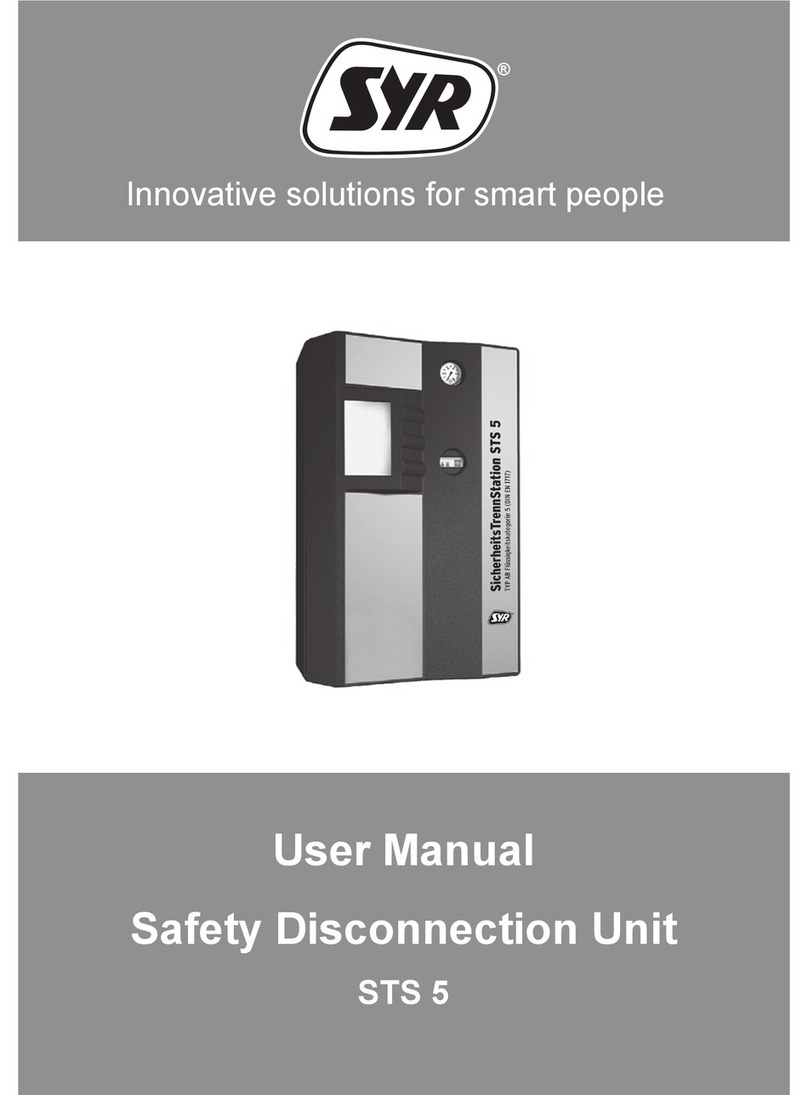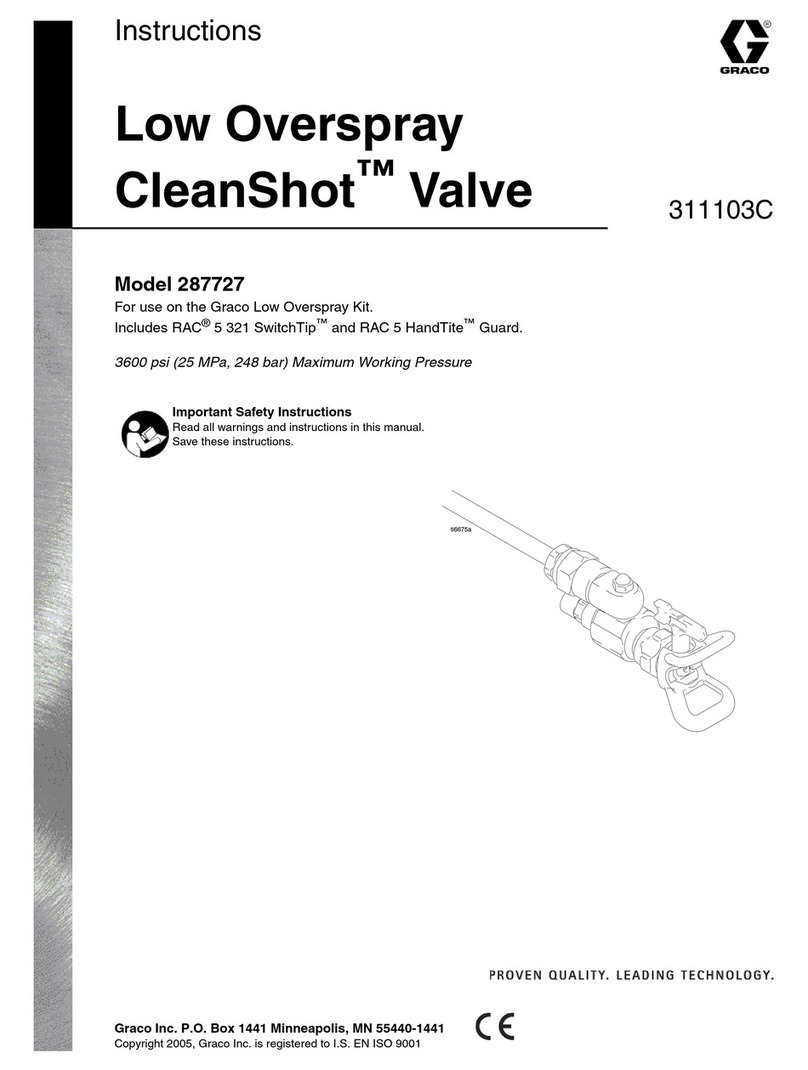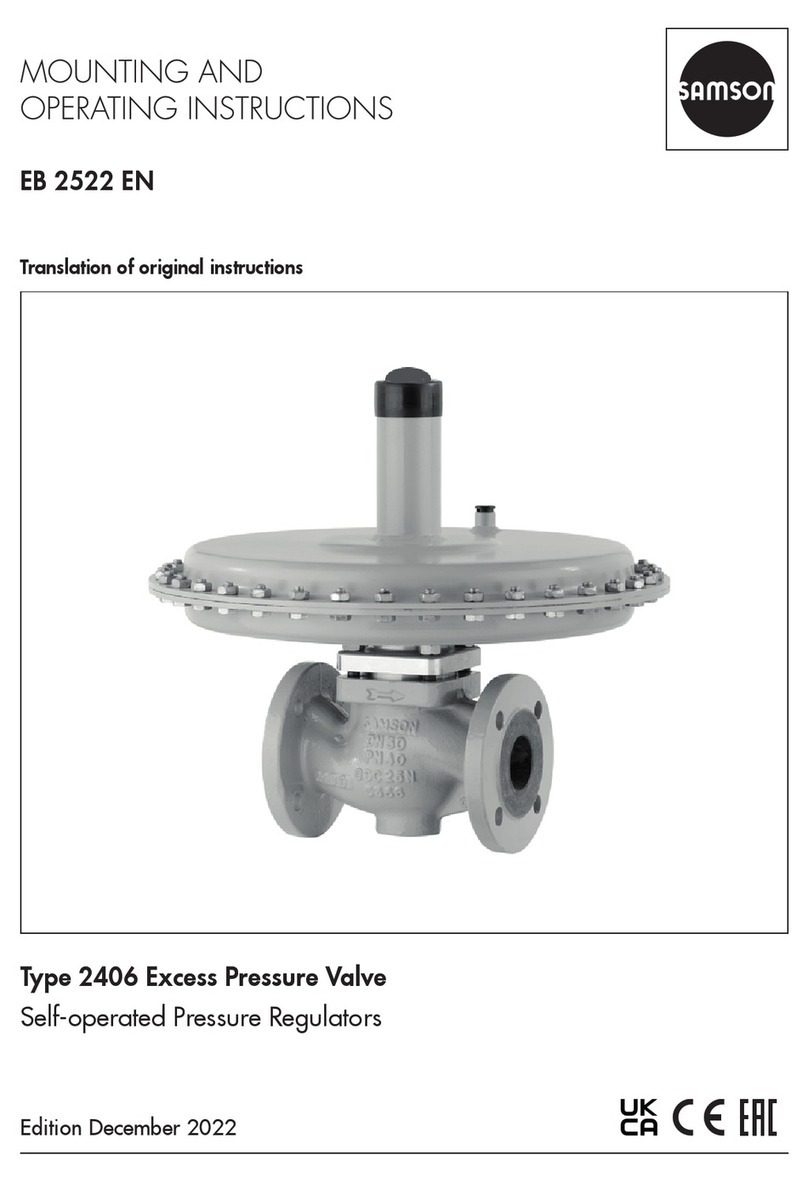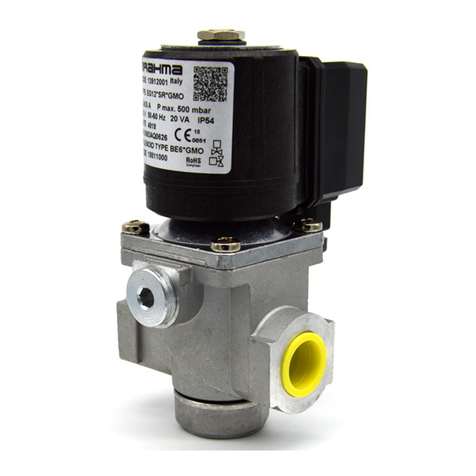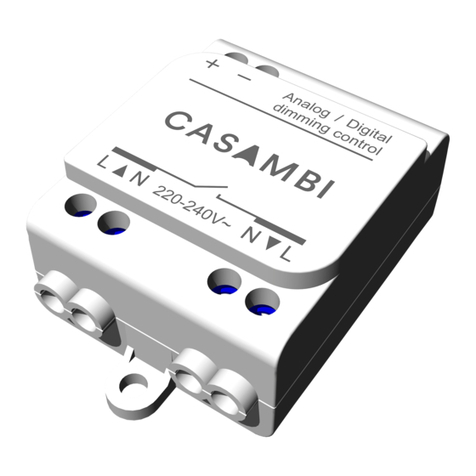Et ET-M672BH GL Series User manual

www.etsolar.hk
INSTALLATION MANUAL
ET Solar Series Module
Installation | Safety instructions | Maintenance

www.etsolar.hk
Version:2021Q1

www.etsolar.hk
Table of Contents
1Introduction...................................................................................................................... - 1 -
2Codes and regulations ................................................................................................. - 1 -
3General information....................................................................................................... - 1 -
3.1 Safety precautions for installing a solar photovoltaic system ...............- 2 -
3.2 General installation notes ..........................................................................- 3 -
3.3 Fire rating......................................................................................................- 3 -
4Mechanical Installation................................................................................................. - 4 -
4.1 Installation requirement .............................................................................- 4 -
4.1.1 Selecting the location& Tilt Angle ........................................................- 4 -
4.1.2 Selecting the proper mounting structure and hardware..............- 4 -
4.2 Mounting methods .....................................................................................- 4 -
4.2.1 Mounting with bolts..................................................................................- 5 -
4.2.2 Mounting with clamping hardware.....................................................- 5 -
4.2.3 Installation position and static loads ...................................................- 6 -
5.Electrical Installation........................................................................................................... - 7 -
5.1 Grounding.........................................................................................................- 7 -
5.2 Wire ....................................................................................................................- 7 -
5.3 Connectors .......................................................................................................- 8 -
5.4 Bypass Diodes ..................................................................................................- 8 -
5.5 General electrical installation ........................................................................- 8 -
6 Operation and Maintenance...................................................................................................... - 8 -
6.1 Cleaning ...........................................................................................................- 9 -
6.2 The visual inspection of the modules ............................................................- 9 -
6.3 Inspection of the connector and cable .......................................................- 9 -
7Disclaimer of liability....................................................................................................... - 9 -
Appendix 1: Electrical ratings of ET Solar modules ..................................................... - 10 -

www.etsolar.hk
- 1 -
WARNING!
The photovoltaic module produces electricity when exposed to the sun or other
light sources. For your safety and the safety of others, please read the entire
installation and assembly instruction manual carefully prior to installation. Please
carefully read the following installation and safety instructions. Non-compliance
with these instructions may void the module warranty.
1Introduction
This guide contains information regarding the installation and safe handling of ET
Solar photovoltaic modules (hereafter referred to as "modules"). All instructions
should be read and understood before attempting installation. If there are any
questions, please contact your dealer or ET Solar for further information. The installer
should conform to all safety precautions in the guide when installing modules.
Before installing a solar photovoltaic system, the installer should become familiar
with the mechanical and electrical requirements for photovoltaic systems. Keep
this guide in a safe place for future reference. If not otherwise specified, it is
recommended that the requirements of the U.S. National Electrical Code (NEC) or
respective European Code and other countries Code be followed.
Non-compliance with this installation instruction may result in property
damage and/or physical injury. ET Solar will not be liable for compensation of any
loss or injury caused by this type of non-compliance.
2Codes and regulations
The mechanical and electrical installation of PV systems should be performed in
accordance with all applicable codes , including electrical codes, building codes
and electric utility interconnection requirements. Such requirement may vary for
mounting location. Requirements may also vary with system voltage,and for DC or
AC application. Contact local authorities for governing regulations.
3General information
Be careful when unpacking, transporting, and storing the modules. They are subject
to breakage if they are not handled and installed properly. It is recommended not
to take them out of the packaging until the moment of the installation. During
installation, please use soft materials to protect the modules from contacting
directly with the ground, concrete or tiles. Otherwise scratches or glass breakages
may occur.
Installing solar photovoltaic systems requires specialized skills and knowledge.
The installer assumes all risk of injury, including risk of electric shock. Module
installation should be performed only by qualified persons.
All modules come with permanently attached junction box and 4 mm²(#12
AWG) wire terminated in PV connectors. Your dealer can provide additional

www.etsolar.hk
- 2 -
extension cables to simplify module wiring.
Each individual module can generate DC voltages greater than 30 volts (V)
when exposed to direct sunlight. Contact with a DC voltage of 30 V or more is
potentially hazardous. Exercise caution when wiring or handling modules
exposed to sunlight.
When disconnecting wires connected to a photovoltaic module that is
exposed to sunlight, an electric arc may occur. Arcs can cause burns, start
fires or otherwise create safety problems. Exercise caution when
disconnecting wiring on modules exposed to sunlight.
Photovoltaic solar modules convert light energy to direct-current electrical
energy, and are designed for outdoor use. Proper design of support structures
is the responsibility of the system designer and installer.
Modules may be ground mounted, pole mounted, or mounted on rooftops.
Do not apply paint or adhesive to the module.
When installing modules, observe all applicable local, regional and national
codes and regulations. Obtain a building and/or electrical permit where
required.
Storage Temperature:-10℃~40℃, Storage Humidity:≤70%RH;
Modules should operate at environmental temperature of between -40 to
+85℃. If modules are to be installed in areas where the temperature may go
outside the above range, please consult with ET Solar before installation.
Do not attempt to disassemble the module, and do not remove any
attached nameplates or components. Doing so will void the warranty.
Do not use mirrors or other hardware to artificially concentrate sunlight on
the module.
3.1 Safety precautions for installing a solar photovoltaic system
Solar modules produce electrical energy when exposed to sunlight. DC
voltages may exceed 30V on a single exposed module.
Only connect modules with the same rated output current in series. If modules
are connected in series, the total voltage is equal to the sum of the individual
module voltages.
Only connect modules with the same rated output current in series. If modules
are connected in series, the total voltage is equal to the sum of the individual
module voltages. The maximum system voltage for module type is 1500V(IEC),
for roof use, the maximum system voltage must not exceed 1000V according
to National Electrical Code.
Bypass diodes are preassembled in each module.Do not remove these diodes.
Keep children well away from the system while transporting and installing
mechanical and electrical components.
Completely cover all modules with an opaque material during installation to
prevent electricity from being generated.
1

www.etsolar.hk
- 3 -
Do not wear metallic rings, watchbands, ear, nose, or lip rings or other
metallic devices while installing or troubleshooting photovoltaic systems.
Use appropriate safety equipment (insulated tools, insulating gloves, etc.)
approved for use on electrical installations.
Observe the instructions and safety precautions for all other components used
in the system, including wiring and cables, connectors, DC-breakers, mounting
hardware, inverters, etc.
Use only equipment, connectors, wiring and mounting hardware suitable for
use in a photovoltaic system.
Always use the same type of module within a particular photovoltaic system.
Under normal operating conditions, PV modules will produce currents and
voltages that are different from those listed in the data sheets. The values in the
module data sheets are collected under very specific circumstances known as
Standard Test Conditions.
Short-circuit current and open-circuit voltages should be multiplied by a factor
of 1.25 when determining component voltage ratings, conductor ampacity,
fuse sizes and size of controls connected to the module or system output. An
additional multiplying factor of 125 percent (80 percent de-rating) may be
applicable.
Only connect modules with the same rated output current in series. If modules
are connected in series, the total voltage is equal to the sum of the individual
module voltages. The maximum system voltage for double glass module type is
1500V(IEC), for roof use, the maximum system voltage must not exceed 1000V
according to National Electrical Code.
Only connect modules or series combinations of modules with the same
voltage in parallel. If modules are connected in parallel, the total current is
equal to the sum of individual module or series combination currents.
3.2 General installation notes
The junction box has a breather port which must be mounted facing downward
and cannot be exposed to the rain. The junction box should be on the higher
side of the module when it is mounted in order to orient the breather port
correctly.
Do not lift the module by grasping module's junction box or electrical leads.
Do not stand or step on the module.
Do not drop the module or allow objects to fall on the module.
Do not place any heavy objects on the module.
Do not scratch the glass surface.
Prior to installation, do not store modules outdoors or in a damp environment.
Inappropriate transport and installation may damage the module glass.
3.3 Fire rating
The fire rating for this module is only valid when the product is installed as
specified in the mechanical mounting instructions in this document.
2

www.etsolar.hk
- 4 -
For system fire rating, it should be evaluated among with the roof cover and
mounting. Consult your local authority for guidelines and requirements for
building or structural fire safety. Roof constructions and installations may affect
the fire safety of a building; improper installation may create hazards in the
event of a fire.
Use components or accessories required by local authority. Do not use panels
near equipment or in places where flammable gases may be generated.
ET Solar double modules have been rated type 20( type 1 for backsheet
module) for fire performance according IEC61730.
Confirm mounting slope less than 5 in/ft (127mm/305mm) to maintain a fire class
rating.
4Mechanical Installation
4.1 Installation requirement
ET Solar bears NO responsibility for any damage caused by the use of unsuitable or
inappropriate mounting / fixing systems. Before starting with the mounting process,
the strength of mounting / fixing structure on the panel field must meet the local
loading condition, e.g. wind, snow, earthquake, and so on.
4.1.1 Selecting the location& Tilt Angle
Select a suitable location for installation of the module.
For optimum performance, the module must be facing true south in northern
latitudes and true north in southern latitudes.
For detailed information on optimal module orientation, refer to standard solar
photovoltaic installation guides or a reputable solar installer or systems
integrator.
Shading on the module will reduce electricity production.
Do not install the module near equipment or in locations
where flammable gases can be generated or collected.
A minimum angle of 10°is recommended in order to make
it easier for dust to be washed off by rain.
4.1.2 Selecting the proper mounting structure and hardware
Observe all instructions and safety precautions applicable to the mounting
system to be used with the module.
Do not drill holes in the glass surface of the module. Doing so will void the
warranty.
Modules must be securely attached to the mounting structure. If heavy wind or
snow loads are anticipated, additional mounting measuresshould also be used.
Load calculations are the responsibility of the system designer or installer.
The mounting structure and hardware must be made of durable, anti-corrosion
and UV-resistant material.
4.2 Mounting methods
3
3

www.etsolar.hk
- 5 -
4.2.1 Mounting with bolts
4 or 8 pre-drilled mounting holes, located on the aluminum alloy frame, are
provided for ease of installation. They are designed to be used with metric M8
stainless steel screws. We recommend to use a tighten torque of 16~20 N.m
The module must be attached and supported by at least four bolts through the
indicated mounting holes.
Most installations will use the four inner mounting holes on the module frame.
Depending on the local wind and snow loads, additional mounting points may
be required.
The frame of each module has 8 mounting holes used to secure the modules
to support structure, the moudle frame must be attached to
a mounting rail using M8 corrosion-proof bolts togethter with
spring washers and flat washers in eight symmetrical locations
on the pv module. The applied torque value should be big
enough to fix the modules steadily. Please find detailed
mounting information in the below, figure A,1,2,5.
4.2.2 Mounting with clamping hardware
When choosing clamp mounting method, please be sure to use at least four
clamps on each module, two clamps should be attached on each long sides
of the module. Depending on the local wind and snow loads, if excessive
pressure load is expected, additional clamps or support would be required to
ensure the module can bear the load. The applied torque value should be
big enough to fix the modules steadily (we recommend the torque range of
screw tightening is between 16 to
18N.m for M8 bolt, 9N.m for M6
bolt. please consult with the clamp
or support’s supplier for the specific
torque value). Please find details
mounting information in the
below,figue B,3,4,6

www.etsolar.hk
- 6 -
4.2.3 Installation position and static loads

www.etsolar.hk
- 7 -
5.Electrical Installation
5.1 Grounding
All module frames must be properly grounded.
Observe all local electric codes and regulations.
A bonding or toothed washer is required to make proper and reliable electrical
grounding connection with the anodized aluminum frame.
Devices listed and identified for grounding metallic frames of PV modules are
permitted to ground the exposed metallic frames of the module to grounded
mounting structures.
Consider using a lay-in lug, rated for outdoor use, if the module grounding
conductor is to be larger than #10 AWG.
When using lay-in lugs, the grounding conductor should be inserted into the
opening indicated in the figure, and secured using the set screw.
Expect for equipment grounding, ET Solar recommends the negative pole of
PV module array is connected to earth during all PV system installations. That
will keep optimal performance of PV Power Plants, which are located in a hot,
high humidity climate and high Maximum System Voltage.
Grounding installation of PV module
5.2 Wire
The junction boxes on each PV module has two wires that terminate in a male
and a female connector. When the modules are to be connected in series, the
male connector should be plugged into the female connector of the
neighboring module while the female connector should be plugged into the
male connector of the other neighboring module.
When connecting parallel modules strings to the distribution box, use proper
third-party PV system connectors with suitable cable which are qualified for
EN50618(or IEC62852 ) All field wiring cables must have large enough cross-
sectional areas approved for use at the maximum short-circuit current of the
PV module. ET Solar recommends that installers use only sunlight resistant cables
6

www.etsolar.hk
- 8 -
for direct current (DC) wiring in PV systems. The recommended minimum wire
size should be 4 mm²(12AWG) and must be subject to the local national codes
and regulations.
The connecting cables must not cross each other and must be kept away from
direct sunlight, heat source and any static pool of water. The cables should be
secured by the modules mounting structure and should maintain a distance of
at least 25 mm from one another with no possibility of coming into contact.
5.3 Connectors
The connectors should be kept dry and clean. Do not attempt to make
electrical connections between wet, soiled, or otherwise faulty connectors.
Faulty connections can result in electrical shocks and arcs.
Only compatible connectors can be mated,i.e. from the same vendor and
model, shall be used;(if you need to use different types of connectors, please
consult customer service of ET Solar);
5.4 Bypass Diodes
ET Solar module junction boxes contain bypass diode which is parallel connection
with the PV cell strings. if hot spot occurred, the diode will come into operation to
stop the main current from flowing through the hot spot cells in order to prevent
module over-heated and performance loss. Notice, bypass diode is not the
overcurrent protection device. If the diode is suspected to be defective, the
installer or system providers shall contact ETSolar. Please do not try to open the
junction box by yourself.
5.5 General electrical installation
Do not use modules of different configurations in the same system.
This module is supplied with connectors for electrical connections.
Refer to local code to determine appropriate types and temperature ratings
of conductors. Wiring should be 4 mm²(minimum), and must be temperature
rated at 90 °C (minimum).
Completely cover system modules with an opaque material to prevent
electricity from being generated while disconnecting conductors.
Refer to local code to determine over current, conductor ampacity and size
requirements.
Installation shall be in accordance with local code.
For best performance, ensure that positive and negative DC wires run closely
together to avoid loops.
WARNING!
Electrical shock hazard!
Do not touch bare conductors or other potentially energized parts.
6 Operation and Maintenance
It is required to perform regular inspection and maintenance of the modules,
especially during the period of warranty. inform the supplier within 2 weeks when
6
6

www.etsolar.hk
- 9 -
modules are found to be defective.
ET Solar recommends the following maintenance items to ensure optimal
performance of the module.
6.1 Cleaning
Clean the glass surface of the module as necessary. It is recommended to
clean the glass surface with pressured running water compliance with local
drinking standards, e.g. low mineral content, near neutral PH value. The
maximum water pressure recommended is 0.7 MPa and the water jet is at least
50cm away from the glass surface. Do not use dishwasher detergent. Do not
have water staying on the glass surfaces of PV modules for a long time.
If a module power decreases abnormally, and its glass surface is found covered
by dust, please contact your module installer, retailer or ET solar immediately
for technical support.
Do not attempt to clean a module if the glass is broken.
Electrical and mechanical connections should be checked periodically by
qualified personnel to verify that they are clean, secure and undamaged.
Problems should only be investigated by qualified personnel.
Observe the maintenance instructions for all other components used in the
system.
Please refer to”cleaning manual” for specific contents.
6.2 The visual inspection of the modules
Inspect the modules visually to find if there are appearance defects, especially:
whether the module glass is broken.
If there is burning vestige on the backsheet.
Corrosion along the cells’ bus-bar. The corrosion is caused by the dampness
infiltrated into the modules when the surface encapsulation material is
damaged during the installation or transportation.
Check if any obstacles shading the PV modules
6.3 Inspection of the connector and cable
It is suggested to carry out the following preventive inspection every 6 months.
Check the encapsulation of the connector with the cable
Check the sealing gel of the junction box to ensure it is not cracked or creviced.
7Disclaimer of liability
Because the use of this manual and the conditions or methods of installation,
operation, use and maintenance of photovoltaic products are beyond ET Solar's
control, ET Solar does not accept responsibility and expressly disclaims liability for
loss, damage, or expense arising out of or in any way connected with such
installation, operation, use or maintenance. No responsibility is assumed by ET Solar
for any infringement of patents or other rights of third parties, which may result from
7
8
8
8

www.etsolar.hk
- 10 -
use of the PV product. No license is granted by implication or otherwise under any
patent or patent rights.
The information in this manual is based on ET Solar's knowledge and experience and
is believed to be reliable, but such information including product specification
(without limitations) and suggestions does not constitute a warranty, expressed or
implied. ET Solar reserves the right to change the manual, the product, the
specifications, or product information sheets without prior notice.
Appendix 1: Electrical ratings of ET Solar modules
Sheet 1: solar cell type:166mm

www.etsolar.hk
- 11 -
Sheet 2: solar cell type:158.75mm

www.etsolar.hk
- 13 -
MANUFACTURE INFORMATION:
ET SOLAR POWER HONGKONG LIMITED
Room 01,21/F,XINGFA Commercial Building,9th Tobacco Factory
Street,Mong Kok, HongKong.
Tel: 86 510 85382358
Fax: 86 510 85382358
www.etsolar.hk
ET SOLAR INC.
4900 Hopyard Road,Suite 310,Pleasanton,CA 94588,USA
E-mail: sales@etsolar.us
This manual suits for next models
11
Table of contents
Popular Control Unit manuals by other brands
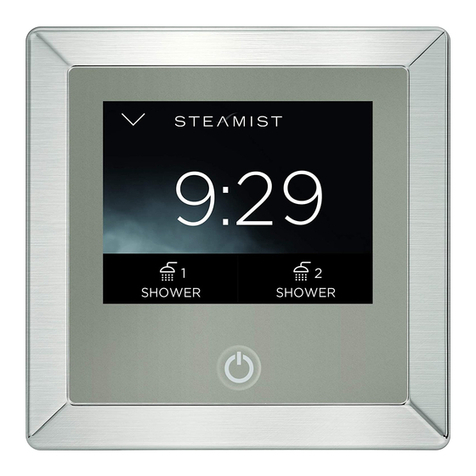
Steamist
Steamist Total Sense TSC-450 manual
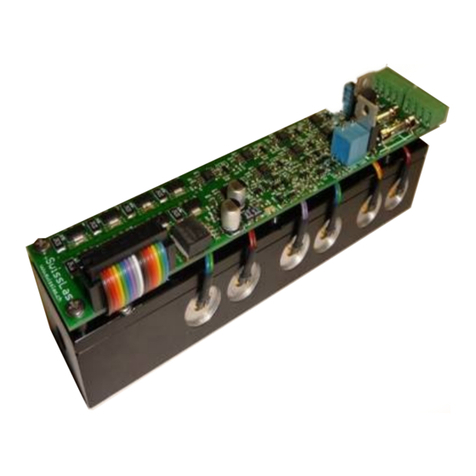
Laserworld
Laserworld RED-1500/658 user manual
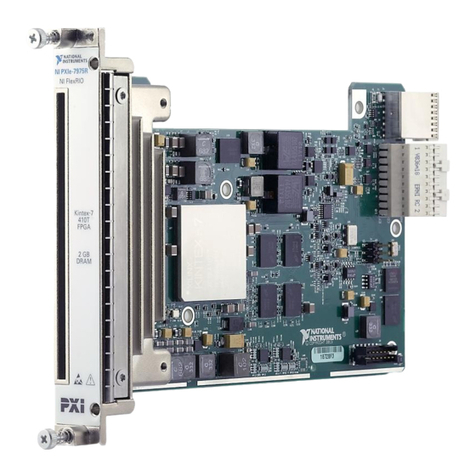
National Instruments
National Instruments FlexRIO PXIe-7975R Getting started guide
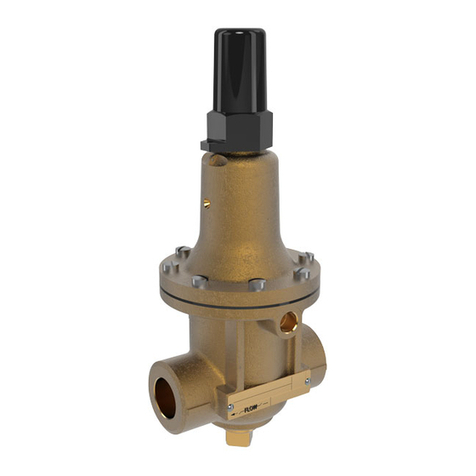
CLA-VAL
CLA-VAL CRL-60 Installation operation & maintenance
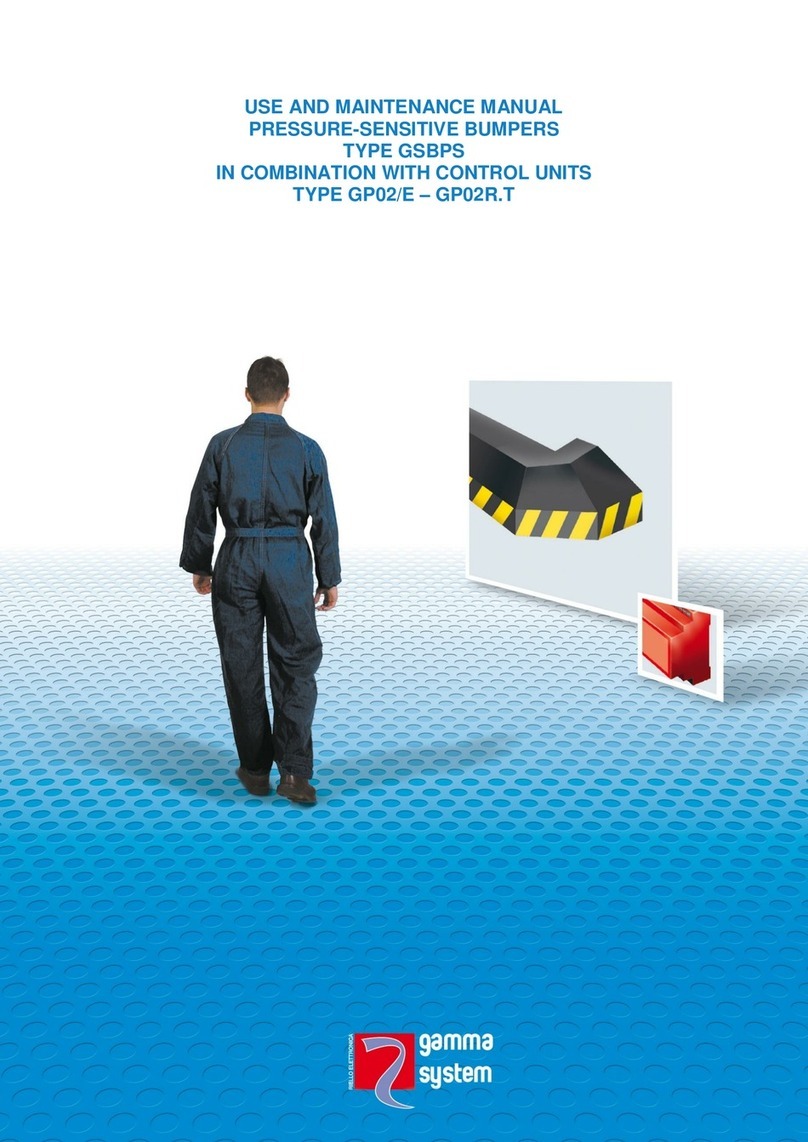
GAMMA SYSTEM
GAMMA SYSTEM GP02/E Use and maintenance manual

resideo
resideo Braukmann SG150 installation instructions


